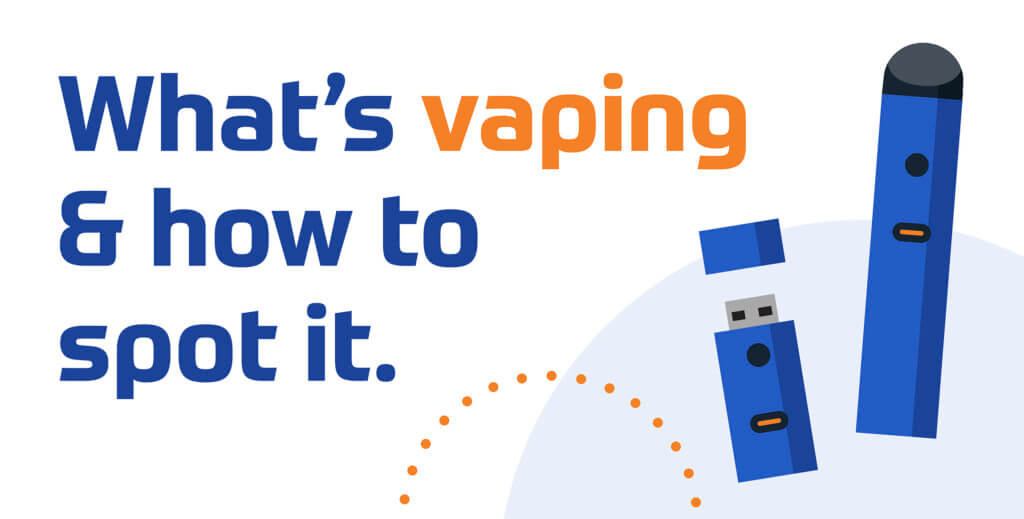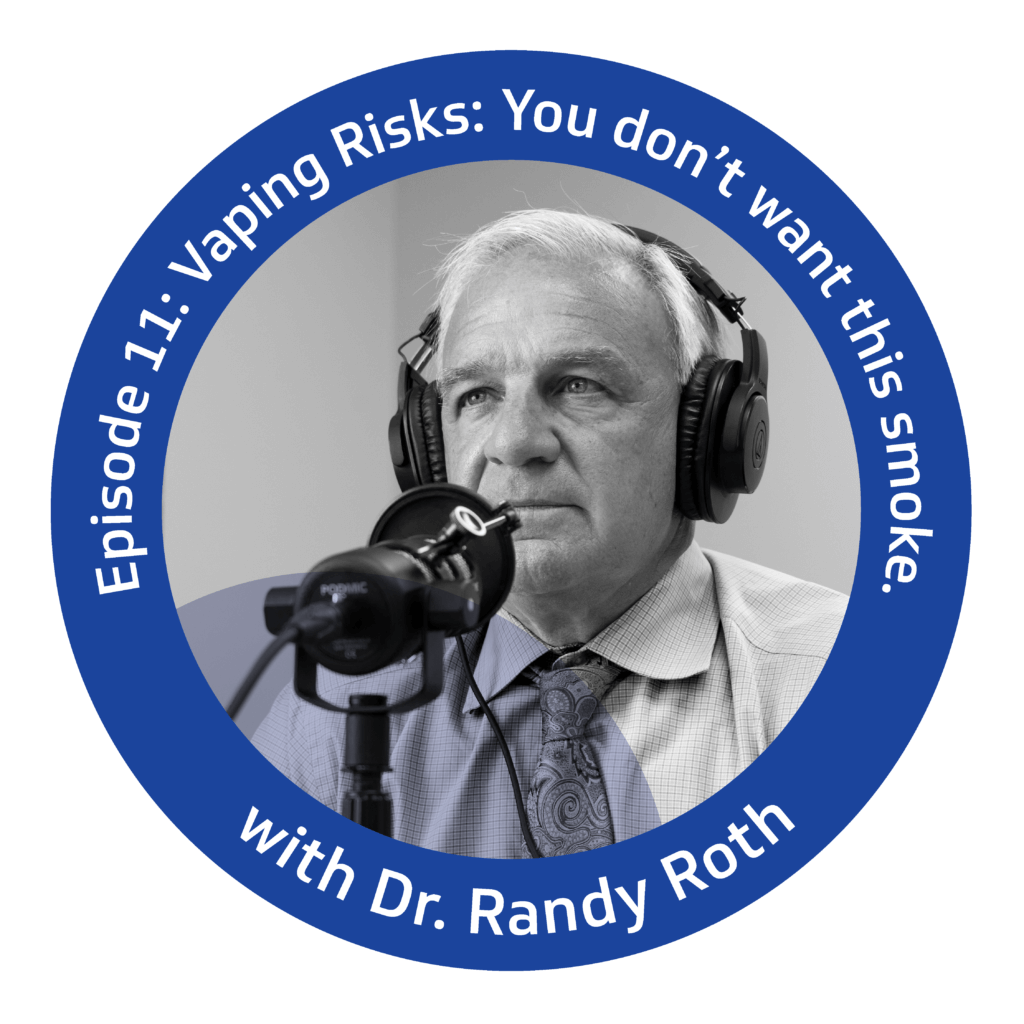What’s vaping & how to spot it.

Vaping isn’t an obscure concept for many students these days. According to the 2021 National Youth Tobacco Survey, roughly 13% of high school students and 4% of middle schoolers are vaping. While those numbers have decreased overall, it still equals out to over 2 million students who are partaking in tobacco products, especially vaping.
What is vaping?
Vaping is an electronic cigarette, which is a device that heats up a liquid to inhale as a vapor. It can come in a variety of vessels, from the obvious hookah to discreet pens that almost look like a USB device. The struggle with devices like e-cigarettes is the ability for teenagers to use them without anyone noticing—even the smell it leaves can be easy to miss.
“It looks like a USB port and…and it is much less detectable by our noses if they use unflavored, just regular vaping stuff. So in the old days, when you go out and you smoke a cigarette, you’d walk into a bar and you came home. Your parents would sniff the air, and obviously, know you’ve been smoking.”
Randy Roth, MD, Inpatient Physician, Chief Medical Officer
Concerned there might be e-cigarettes in your house? Look for:
- Unfamiliar battery chargers (ex: an Android charger when your family solely uses iPhones)
- An unusual amount of “USB drives”. Companies now create flavor pods that look exactly like and can function like a USB drive.
- Overwhelming sweet aromas. Vapes tend to use “better” smells and flavors to entice a younger audience.
- Any unfamiliar tech in your child’s bedroom. By keeping up to date with your child’s technology, you have a better chance of catching more discreet devices.
What to do if you find e-cigarettes.
“I think the best way to deal with this is just talk to your kids—your adolescents, your teenagers, your adult friends that vape—and say, are you doing this? And if you are, why? And are you aware of the consequences?”
Randy Roth, MD, Inpatient Physician, Chief Medical Officer
While not ideal, finding tobacco products allows you the opportunity to have a conversation about unhealthy habits and why it’s important to take care of ourselves and our health. Looking for suggestions on how to start that talk? We recommend the CDC’s Tip Sheet as a great place to build from. If your child isn’t comfortable with that conversation, your Primary Care Provider is also a great option for talking about unhealthy habits with your children.
“It’s just about open dialog and not just with adolescents or teenagers—with any adult that makes that decision because if they’re making it with an uneducated bias, not knowing the facts, then they may think they’re doing themselves a big favor when in fact, they may not know all the risks.”
Randy Roth, MD, Inpatient Physician, Chief Medical Officer
To find more information, try the FDA or CDC for more resources. Looking for a Primary Care Provider for you or your teen? Click here to find your closest clinic to get started today.
Content inspired by Healthcare is Selfcare: The Podcast
Hear more from Dr. Roth on Episode 11:

Is vaping safe? Is vaping as damaging as cigarettes? How much do we really know about vaping and its effects? Find out all of this and more from Singing River’s Chief Medical Officer, Internal Medicine Doctor Randy Roth on this episode of Healthcare is Selfcare: The Podcast.
Prefer to read? Check out the episode transcript here.
